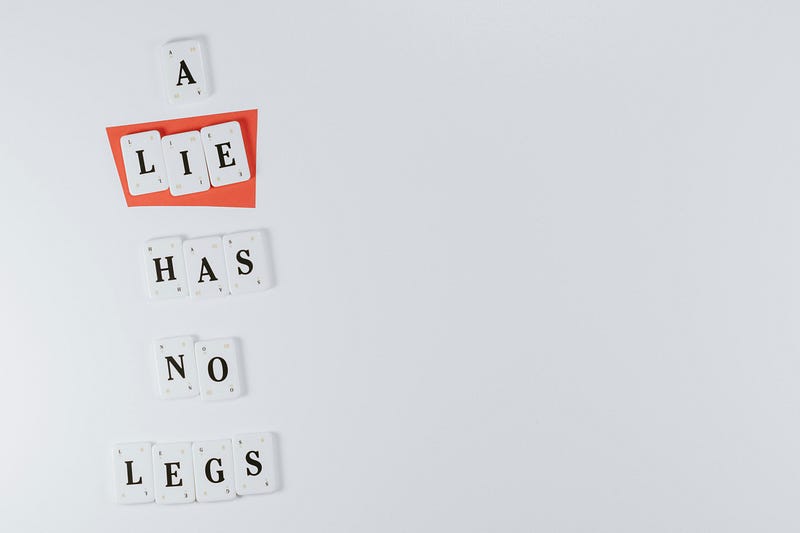Unraveling the Language of Deception: Insights and Patterns
Written on
Chapter 1: The Quest for Truth
Throughout history, humanity has exhibited a mix of paranoia and curiosity in its pursuit to unveil deceit. From the brutal tools of the medieval era to modern devices like polygraphs, blood-pressure monitors, voice-stress analyzers, eye trackers, and even brain imaging technologies, we have explored countless methods. If it sounds like it belongs in a dystopian thriller, chances are we've attempted it.
Despite these advancements, the elusive nature of truth remains unchanged.
The Flaws of Lie Detection Technologies
None of these sophisticated instruments is reliable enough for courtroom use. They can easily be manipulated with minimal preparation, and the ethical implications of attaching someone to a bulky electroencephalogram are concerning. Perhaps the real issue lies not in the technology itself but in our misguided belief that liars visibly exhibit signs of guilt, such as sweating or fidgeting. Instead of waiting for these telltale signs, what if we focused on the actual content of what is being said?
A Psychological Perspective on Lying
From a psychological standpoint, the small lies we tell ourselves serve as a coping mechanism, allowing us to sleep better at night. We engage in deception to craft a more favorable self-image, envisioning who we aspire to be rather than accepting our true selves. Our minds often seem to operate on autopilot, with our conscious awareness controlling only about 5% of our cognitive processes. The remaining 95% works in the background, leading to a disconnect between imagination and reality.
Four Distinct Patterns of Deceptive Language

Photo by Pawel Czerwinski on Unsplash
Linguistic analysis emerges as an unexpected ally in detecting lies, free from the need for electrodes or unsettling machinery. As individuals fabricate their stories, they often slip up in predictable ways. Here are four common linguistic patterns that can reveal deception:
Less Focus on Self, More on Others
Liars tend to avoid personal pronouns, distancing themselves from the narrative. Instead of saying, "I didn’t host a party," they might claim, "No party occurred at this residence." This technique allows them to adopt the role of a detached observer in their own story.
The Weight of Guilt
Liars often express negativity, revealing their subconscious guilt. They may make passive-aggressive remarks about their "frustrating phone battery" or their disdain for certain items, hinting at underlying truths leaking through their deceptions.
Simplicity Over Complexity
Our brains prefer simplicity, particularly when constructing false narratives. Liars gravitate toward straightforward explanations to avoid the risk of errors that complexity may introduce.
Verbose but Meaningless
When trying to add detail, liars’ statements often become unnecessarily convoluted, resembling legal jargon. It’s as if they attempt to embellish their fabrications with irrelevant information to lend them an air of credibility.
Consider the infamous phrase, "I can say, categorically, that this investigation indicates that no one on the White House staff, no one in this administration presently employed was involved in this very bizarre incident." This level of verbosity is a classic sign of evasion.